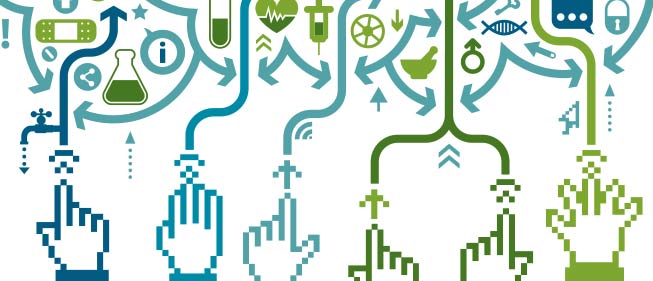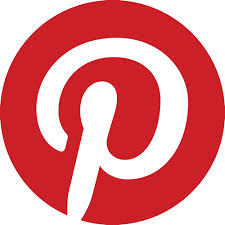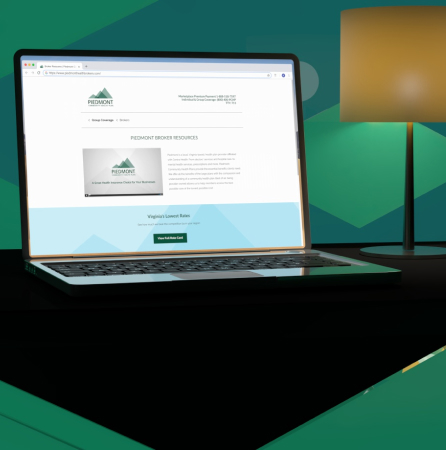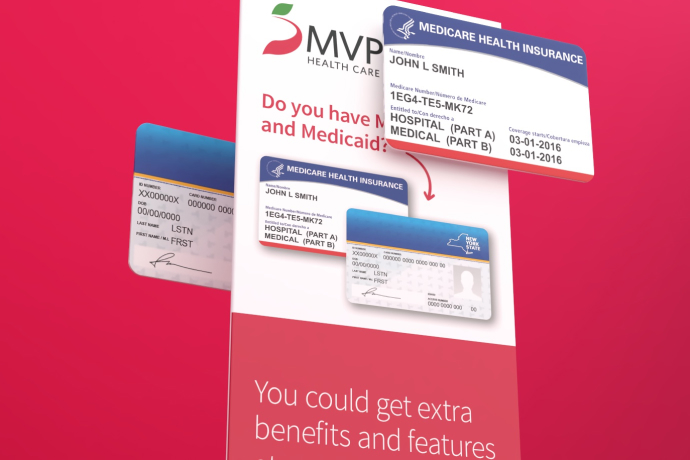How Healthcare Marketers Can Maximize Social Media Streams

Social media streams are great places for hospitals, clinics, healthcare systems and private practices to showcase their doctors and services. But having a Facebook page or a YouTube channel is just the first step to a successful marketing practice: next you need to become familiar with each platform’s distinct features and learn how to use them to your organization’s advantage. In other words, make each of your social streams work for you so that you can communicate to your audiences as effectively as possible. Let’s take a look at just a few of the platforms you might be considering (or using already).
 Twitter
Twitter
Believe it or not, doctors and hospitals can do a lot in 140 characters. Twitter is great tool for live chats during community events like health fairs and exhibits, as well as during any live webinars or seminars offered by your organization. Live chats allow people to participate in conversations, ask questions and interact with staff members. Attaching a unique hashtag to a specific event or conversation is an easy way to keep things organized, searchable and follow-able.
Another neat way to use Twitter is – believe it or not – through live tweeting during surgical procedures. This kind of “event” tweeting really helps healthcare centers position themselves as experts on the cutting edge of whatever procedure they’re showcasing. What a smart way to build your reputation!
Finally, have fun with Twitter tools like Vine that allow you to communicate your organization in a different way. Vine’s six seconds of video allotment can go a long way when used creatively.
 Facebook
Facebook
Facebook is more than just status updates and pretty pictures (though those are good to have, too!). One of the smartest ways healthcare organizations can maximize their Facebook profiles is to utilize apps. The apps – what used to be called Facebook tabs – are incredibly customizable and they allow you to feature lots of different kinds of information. For example, you can have a “Locations” app that pulls up a map of all your offices and facilities in the area. The good ones are searchable and allow people to get directions from wherever they are to wherever they need to go. Other apps that healthcare organizations can incorporate would be ones that allow them to highlight the services they offer, advertise career listings and promote patient testimonial videos (the latter of which can be easily done with Facebook’s YouTube app if you have a YouTube account).
Like Twitter, Facebook is a great place to host live chats – especially now that Facebook allows users to reply to comments. The addition of this relatively new feature makes it exponentially easier to have a conversation because you can much more easily direct your comments or questions to a specific person or spot within the overall chat. Before this functionality existed it was almost impossible to keep a conversation organized because it was difficult to keep track of who was responding to what.
 YouTube
YouTube
Perhaps the platform that used most ineffectively in healthcare marketing right now is YouTube. It’s obviously very easy to upload videos and automatically feel like you have a “presence.” However, the key to a strong YouTube channel is making sure it’s as valuable for the end-user as possible. The simplest ways to do this is to develop a smart tagging system for your videos, as well as – and perhaps more importantly – utilizing the playlists option. Creating playlists and assigning videos to them is one of the easiest things you can do to ensure that when people come to your YouTube channel, they will quickly find what interests them or what they came looking for. The more you can promote this user-friendliness, the more likely it is people will subscribe to your YouTube feeds. Examples of good playlists are ones that introduce doctors, explain procedures, give tours of facilities and feature patient testimonials.
 Pinterest
Pinterest
The use of Pinterest by healthcare systems may seem a little odd at first. But when you think about how retail brands, for example, best use this platform – they use it to promote their image or identity – it begins to make sense for anyone, including healthcare organizations. Indeed, your pinboard categories can say a lot about what you stand for. Trying to position your organization as a leader in overall healthy living? Create pinboards focusing on recipes, fitness activities and relaxation tips. Looking to have a little fun? Have a pinboard showcasing the latest in scrubs fashion. The possibilities are endless, but creating boards that complement your overall strategy and position is what’s most important.
Other Considerations
Whichever platform you’re on, the following are simple steps you can take to make sure you’re maximizing the effectiveness of your social streams:
- Fill out any available “about” or bio sections to give your fans and followers a good idea of who you are.
- Take advantage of all customizable design options so your platforms look like your platforms (logos, images, color palette, etc.).
- Be sure to include the URL of your main site (and any additional sites if multiple links are allowed, such as your Twitter URL on your Facebook page) so people can find more of you quickly and easily.
- Most importantly: make sure whatever share functionality exists in the platform is enabled, as well as any engagement options you’re comfortable with (allowing “posts by others,” for example).
Blogs are close cousins, if not siblings, to these social streams. However, they have their own sets of best practices, and so we’ll share specific blogging strategies and tips in upcoming posts. Stay tuned for those recommendations, as well as other healthcare marketing best practices.






